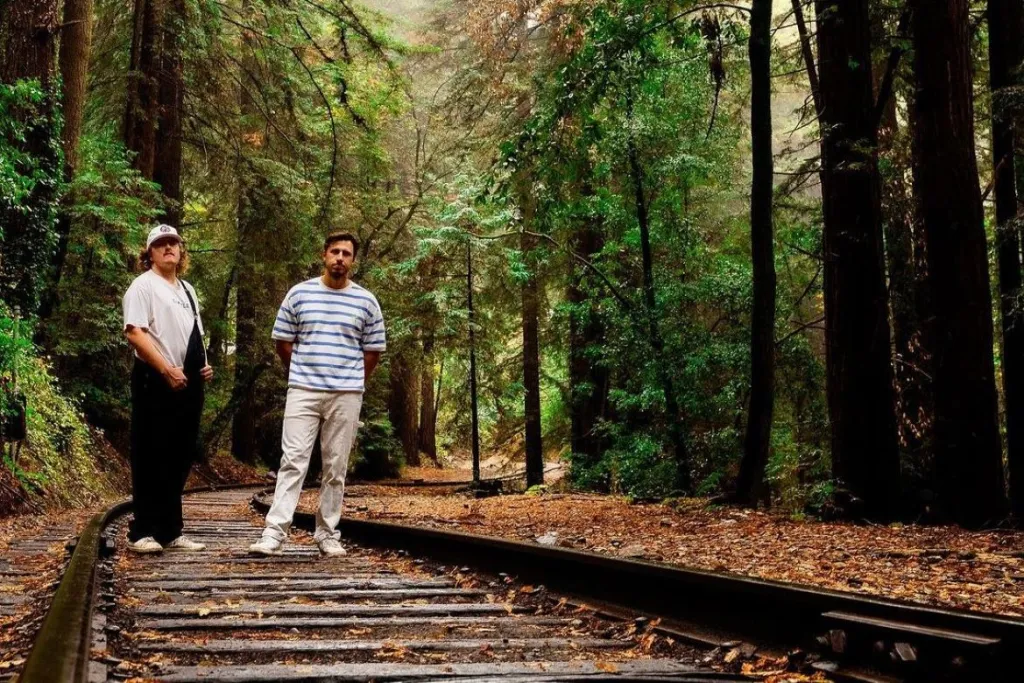The 2001 Toonami promo "Broken Promises [Dreams]" begins with a young man watching a pre-dawn rocket launch. As the sun rises and the rocket streaks into the air, he looks wistfully and whispers, “Space.” From there follows a collage of images and voices offering a message of hope, exploration, and promise. The voice -- that of veteran actor Beau Billingslea, of Cowboy Bebop fame -- is easily recognizable. The young man, the rocket and the majority of the images from this promotional vignette are not; they come from Outlaw Star, a relatively obscure, and ill-fated, space western anime series.
The Outlaw Star manga debuted in 1996 from creator Takehiko Ito, while its anime adaptation premiered in January 1998, virtually coinciding with the arrival of Cowboy Bebop. Both Outlaw Star and Bebop featured mismatched crews of vagabonds in eclectic science-fiction settings; both relied upon a precarious rhythm of action, reflection and rapture. Yet in this limited contest, Outlaw Star lost. Despite this, over two decades, Outlaw Star's peculiar appeal, while initially obscured by the long shadow of Bebop, has begun to receive its due.
Knight of the Stars
The full title of Outlaw Star, Seihou Bukyou Outlaw Star (Starward Knight Outlaw Star) reveals its convoluted thematic concerns that blend elements of American Westerns, chivalric romance and science fiction into a single package. Building on the universe of the manga serial Space Hero Tales, Outlaw Star centers on Gene Starwind and his 11-year-old partner Jim Hawking.
Seeking their fortunes in the stars, Gene and Jim inadvertently find themselves custodians of an experimental starship -- the eponymous Outlaw Star and its attendant synthetic lifeform Melfina -- and charged with finding Galactic Ley Line, a source of untold wealth and power. They are soon joined by the mysterious assassin “Twilight” Suzuka and the manic and aristocratic nekomimi Aisha Clan-clan. The resulting mix of clashing personalities and aesthetics provides equal parts drama and comedy, the contrast of its weighty premise and manic tone reminiscent less of Bebop than one of its successors: One Piece.
The Happy Wanderer
While its ultimate goal remains in the background, much of Outlaw Star is occupied with smaller, episodic concerns of maintaining their complex vessel, evading the sinister powers after the Ley Line and taking time to right wrongs along the way, with Starwind's implicit sense of honor evoking that of Space Pirate Captain Harlock. While such an ambivalent attitude to the "main" story outwardly resembles Bebop, whose amorphous aesthetic emulated the spontaneity and freedom of jazz expression, by reveling in its breaks and detours, Outlaw Star holds true to its own inspirations: the meandering narratives of chivalric romance and the Old West.
As Outlaw Star progresses, these specific aims frequently become lost amid the series' confused and frenetic execution. Despite this, its science fiction settings are creatively crafted, while its showdowns bear the slow gravity of its Western roots. However, while the manga and animated series both received critical acclaim in the months following their release, over time, the series struggled to find a consistent audience. After the completion of its initial 26-episode run, Outlaw Star soon left the air for good. A sequel, Outlaw Star 2: Sword of Wind, was planned by Morning Star Studio but never saw the light of day.
Outlaw Star's Revival
While the numerous attempts to revive Outlaw Star failed, its influence can be felt over a range of diverse properties, the most famous example being another adored and similarly ill-fated space western, Firefly. Premiering in 2002, like Outlaw Star, Firefly features its own mismatched crew and an eclectic aesthetic, but a leaner premise.
Also like Outlaw Star, Firefly creates an intimate ship drama through its idiosyncratic characters -- and unfortunately, Firefly's commercial success was likewise inhibited by its purposefully meandering and “unfocused” format. Yet even such fates offer hope for the subgenre in shows whose potential to inspire dwarfs their own short, tumultuous lives.
About The Author

